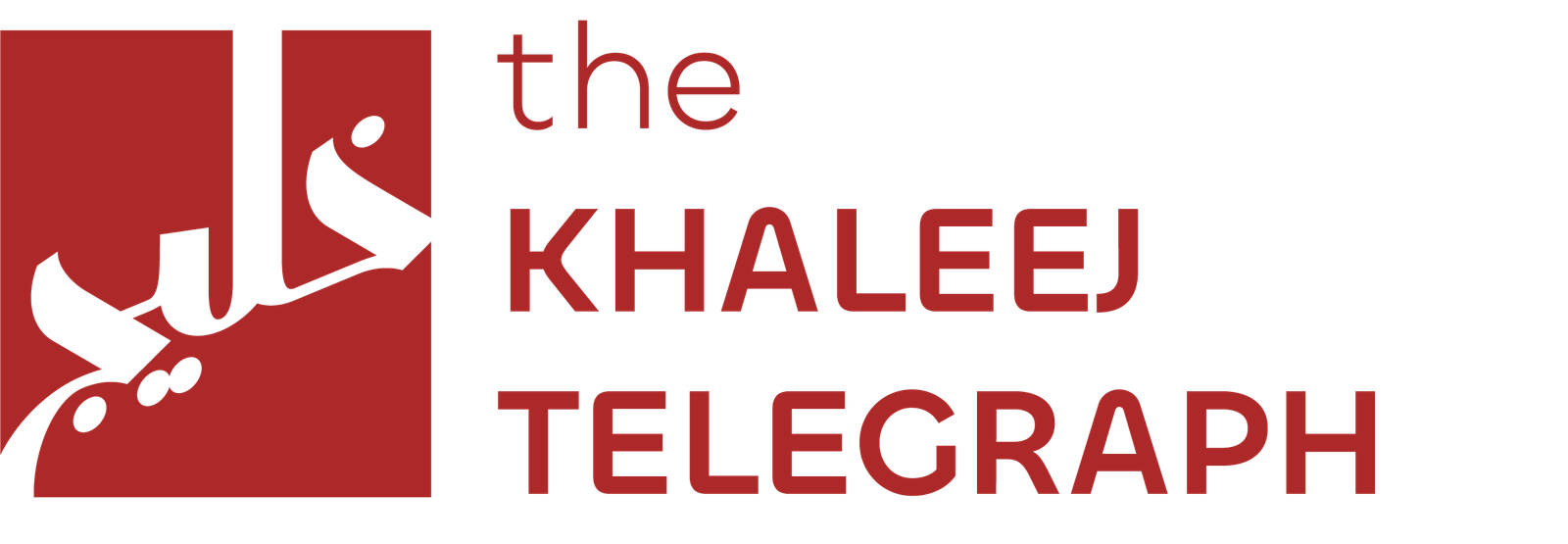GCC banks showed strong momentum as return on equity climbed to 13.2 percent in the first half. Analysts explained that GCC banks’ return on equity benefited from higher non-interest income and tighter cost controls. Furthermore, balance sheets improved and overall efficiency strengthened.
Moreover, operating efficiency advanced with the cost-to-income ratio falling to 32 percent. At the same time, asset quality improved because non-performing loans dropped from 2.8 percent to 2.4 percent. In addition, the banking sector relied on a positive regional outlook, with economic growth projections reaching 3 percent before rising further. Growth links to infrastructure spending, diversification projects, and more private sector activity.
Meanwhile, another report confirmed record-breaking profits. GCC-listed banks generated $16.2 billion in net earnings during the second quarter. These gains came from stronger revenues and efficiency improvements that offset higher impairment charges. Therefore, observers see resilience across the industry.
Mayur Pau, a leading financial services expert, highlighted the importance of stronger balance sheets. He noted that banks also benefit from solid capital buffers and higher efficiency. With these strengths, they can handle near-term challenges and seize longer-term opportunities.
Additionally, capital strength remains clear. GCC banks hold an average Tier 1 ratio of 17.5 percent. They also maintain a capital adequacy ratio of 18.9 percent, providing strong protection against shocks. These numbers show that the sector can withstand market volatility.
However, challenges continue to surface. Net interest margins narrowed to 2.6 percent compared to 2.8 percent earlier. Lower rates directly caused this drop. Furthermore, liquidity pressures increased as the loan-to-deposit ratio climbed to 94.1 percent.
Because of these trends, traditional revenue streams face pressure. Banks now focus on diversifying income and enhancing efficiency. Rising non-interest income supports profitability, even though net interest margins shrink. Analysts expect this squeeze to continue as more rate cuts take effect.
Pau explained that rate reductions introduced last year already lowered loan yields. He added that recently announced cuts will extend this pattern. Consequently, banks will rely even more on cost control and new income streams.
Throughout the discussion, experts stressed that GCC banks’ return on equity reflects overall sector resilience. Stronger performance demonstrates how banks adapt to shifting conditions. Leaders across the industry agree that GCC banks’ return on equity will remain a central measure of stability and growth in the region.


